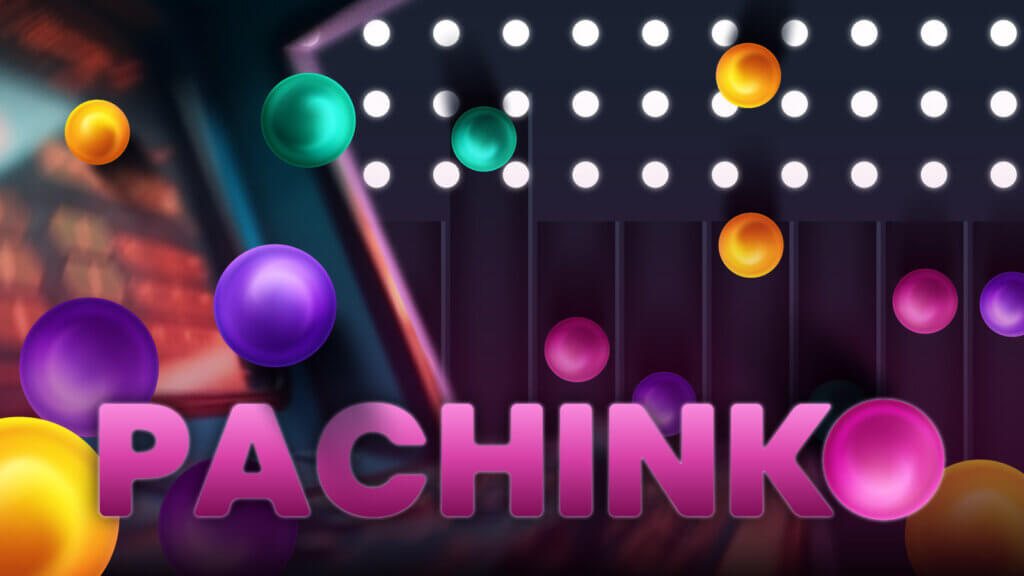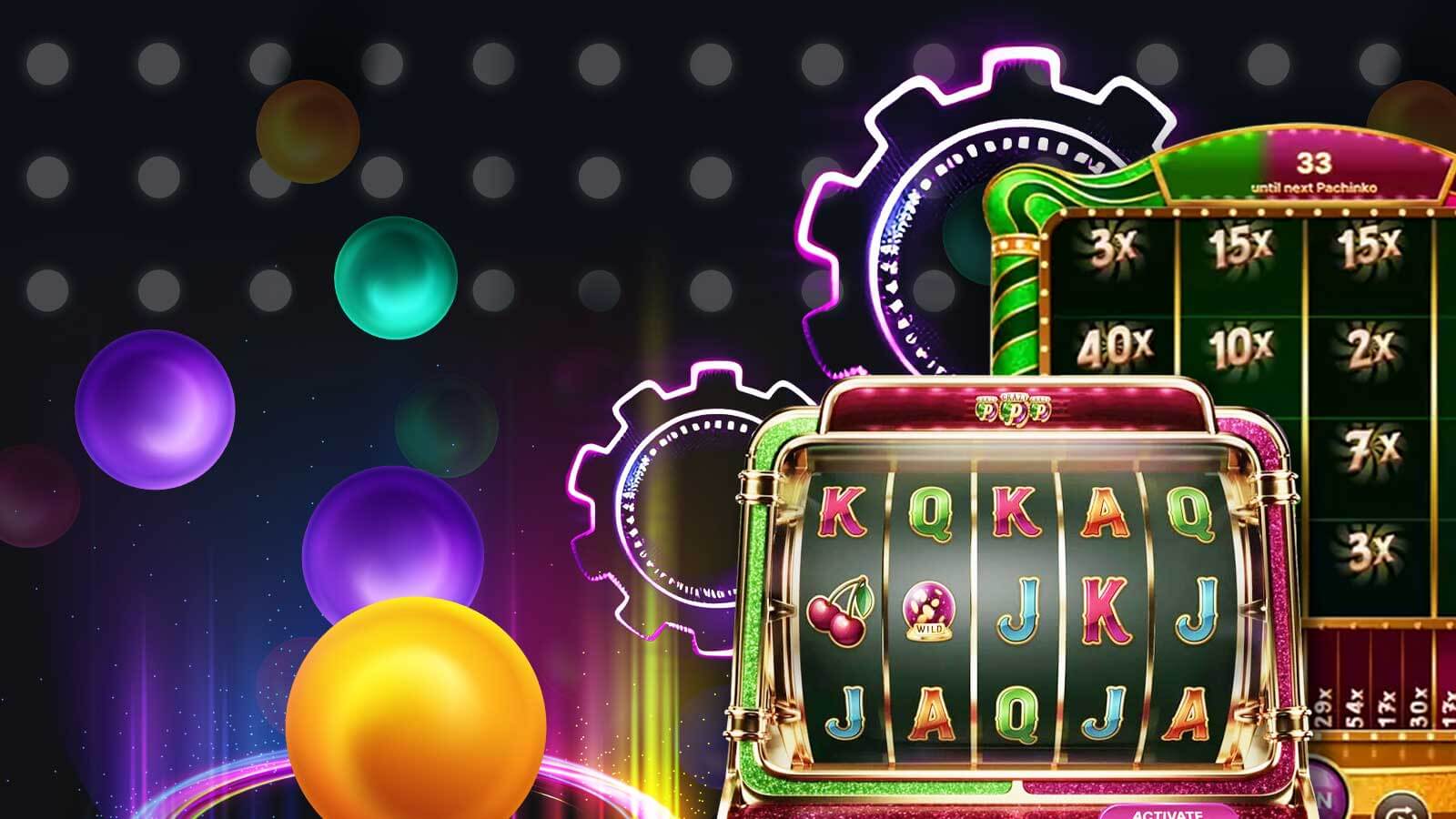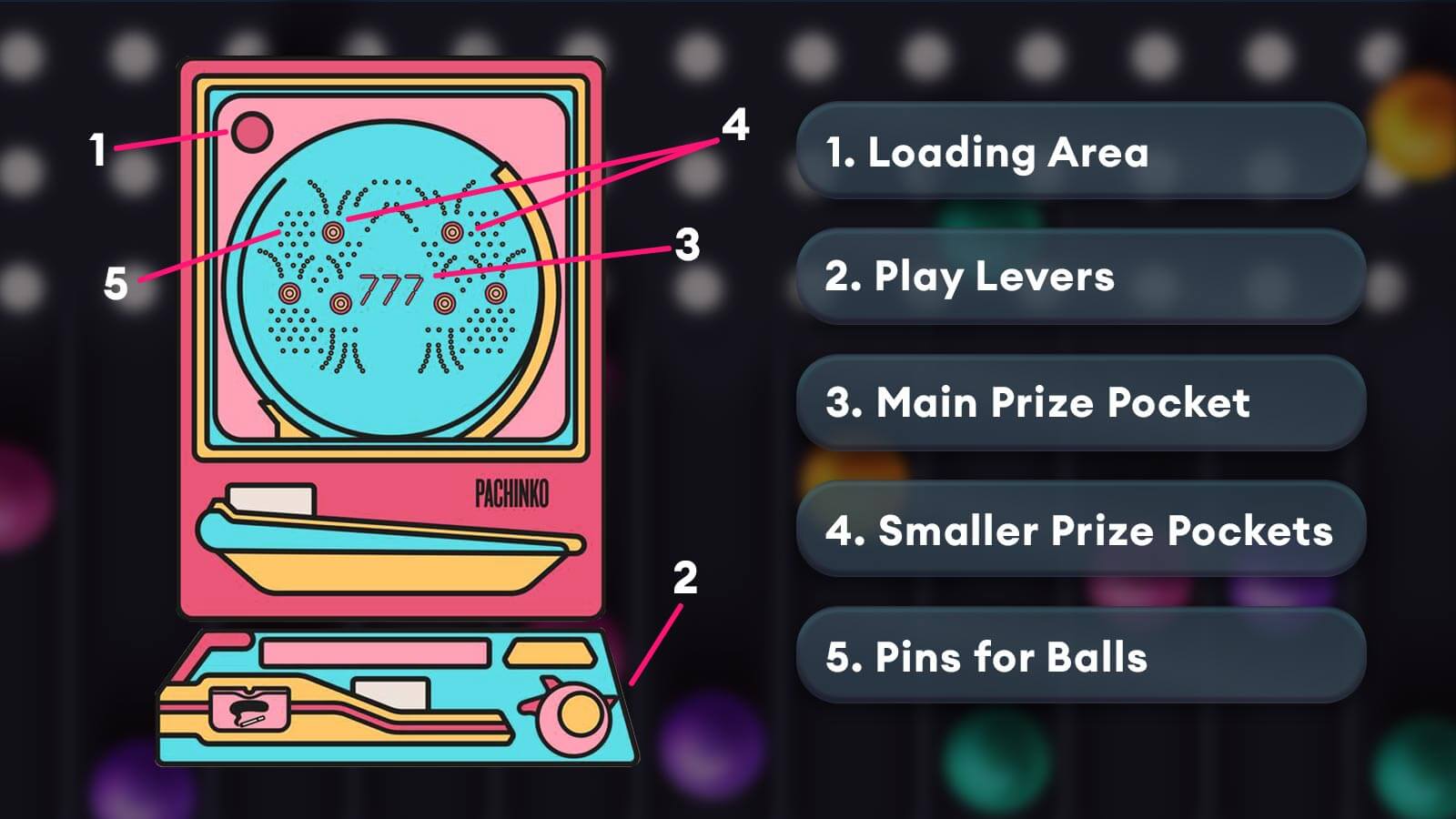Pachinko Games UK: Your Complete Guide & Best Sites to Play (2025)
KingCasinoBonus receives money from casino operators every time someone clicks on our links, influencing product placement. The compensation we receive does not impact our recommendation, advice, reviews and analysis in any way. Our content will always remain objective, independent, straightforward, and free from bias.

From the buzzing, neon arcades of Tokyo to today’s UK casino sites, Pachinko has travelled a long way. What started as Japan’s £76-billion pastime is now showing up as one of the more unusual games you can play online in Britain. Our KingCasinoBonus team tested more than 15 UK Pachinko titles, putting in over £500 on licensed UKGC sites, so we could give you the full picture. In this guide, we’ll walk you through how Pachinko actually works, its surprising history, and the safest UK casinos where you can try it responsibly in 2026.
On this page
- Pachinko History: From Chicago to Japan’s Gaming Giant
- How to Play Pachinko: UK Player’s Complete Guide
- Pachinko Machine Breakdown: Understanding the Components
- Inside Japan’s Pachinko Parlours: Gaming Culture Explained
- Is Pachinko Gambling? The Legal Status Explained
- Pachinko vs UK Slots: Key Differences for Players
- Pachinko’s Global Impact: From Japan to UK Casino Sites
Pachinko History: From Chicago to Japan’s Gaming Giant
The first Pachinko game originated in Japan in the early 20th century. It was a children’s game based on the Corinthian Bagatelle pinball machine games from Chicago and combined elements of traditional slot machines. The machines were an instant hit and were available in every city in Japan, with Nagoya and Tokyo leading the way. But shop owners noticed that parents were playing Pachinko more than their children. As a result, by the late 1940s, the industry evolved to become more adult-oriented.
How to Play Pachinko: UK Player’s Complete Guide

Can You Cash Out Money from Pachinko in Japan?
Of course, there’s not much fun in trying to capture as many balls as you can with no reward. So yes, you can exchange the balls for prizes. But clever parlour owners use a loophole to pay out to customers. According to Japanese gambling laws, any balls you win cannot be exchanged for prizes inside a Pachinko parlour. And you cannot take those balls outside. So, once you collect as many balls as possible, you exchange them for a token. If you reach a certain number of balls, the token you receive can then be exchanged for yen in a separate building. While you’re not technically cashing out money in the Pachinko parlour, you are collecting cash. This clever trick of having an intermediary convert the cash into cash allows parlours to operate around Japan. UK players benefit from much clearer regulations, as all UKGC-licensed casino sites offer transparent, direct monetary payouts without complex workarounds.
Pachinko Machine Breakdown: Understanding the Components
As you can imagine, the very first Pachinko machines were simple machines that had basic features, much like the Bagatelle pinball machine. These included: 
- Loading area – also used to collect ‘winning’ balls
- Play levers to launch the balls
- Main prize pocket
- Smaller prize pockets
- Pins for balls to bounce off
Modern Pachinko machines are still essentially the same, but from the 1960s onwards, they started to include flashing lights and music.
Inside Japan’s Pachinko Parlours: Gaming Culture Explained
Pachinko is a national game for pastime in Japan, and parlours are embedded in Japanese culture. They are colourful, loud places where people from all walks of life play the game. The many different machines cover a huge range of themes and even special Pachinko titles. The game of Pachinko is played mostly by men aged 60 or older. These make up a whopping 21.5% of all pachinko players in Japan. While tourists make up a very small percentage of Pachinko players, they are still popular sights to see when visiting Japan. Yet despite their popularity, Japanese people in recent times have started to look down on Pachinko parlours, thinking of them as gambling facilities. In 1994, the pachinko industry in Japan hit ¥30 trillion (nearly £195 billion). In 1999, it was estimated that sales and revenue from Pachinko were responsible for 5.6% of the country’s GDP. By 2015, Japan’s pachinko market generated more than the annual gambling revenue of Las Vegas, Macau, and Singapore combined. So yes, it’s big business. But despite remaining incredibly popular, Japan isn’t quite the Pachinko money pit that it once was. Revenues have declined and now average around ¥8 trillion (£39 billion). For UK players interested in experiencing Pachinko, it’s essential to choose reputable operators that prioritise player safety. Always set spending limits and use responsible gambling tools before playing any casino game, including Pachinko variants.
Pachinko in Japan by the Numbers
| Avg. Annual Revenue | ¥8 trillion (£39 billion) |
|---|---|
| Players | 7.7 million |
| Employees | 330,000 people |
| Number of Pachinko Parlours | 7000+ |
| Avg. Number of Machines in Parlour | 300 – 500 |
Is Pachinko Gambling? The Legal Status Explained
Technically speaking, Pachinko and Pachinko parlours fall into a bit of a grey area. For the majority of people in Japan, Pachinko is a form of gambling, and they’re not wrong. But by the letter of the law, the world of Pachinko is considered an entertainment industry, thanks to a loophole regarding the winning of the balls and where you cash out. Once the collection of the balls and then the conversion are handled in different properties, it’s not classified as gambling winnings – something that would make it illegal in Japan. It has the same status as lotteries, scratch cards, and even bingo titles in that it’s often thought of as not quite gambling. That said, and legal loopholes by having an intermediary aside, Japanese Pachinko is most certainly a form of gambling. That means it poses the same risks as problem gambling. Yes, you exchange the prizes off-site, but you still need to buy Pachinko balls to play.
Pachinko vs UK Slots: Key Differences for Players
If you’re curious about how Pachinko stacks up against other popular UK casino games, you’re not alone. While it may look like pinball at first glance, Pachinko is a hybrid that blends arcade-style gameplay, chance-based outcomes, and interactive features. To help you better understand the differences, we’ve created a helpful comparison between Pachinko, Slot Machines, and Live Casino Games, covering gameplay mechanics, interactivity, payouts, and player appeal.
| Feature | Pachinko | Slot Games | Live Casino Games |
|---|---|---|---|
| Game Type | Pinball-style hybrid with arcade elements | RNG-based digital spinning reels | Human-hosted table games streamed live |
| Player Input | Medium – launch ball, control speed/timing | None – fully automatic spins | Medium to High – user decisions in real time |
| Randomness (RNG) | Yes (in digital Pachinko versions) | Yes – outcomes determined by RNG | Yes – cards/wheels randomised and streamed |
| Visual Experience | Flashy, vibrant, arcade-inspired | 2D/3D animated themes and effects | Real casino table with live dealer and studio setup |
| Bonus Rounds | Yes – triggered by hitting specific pockets | Yes – free spins, multipliers, expanding symbols | Yes – varies by game (e.g. Crazy Time, Lightning Roulette) |
| House Edge | Medium (~4–5%) | Varies – can be as low as 2% or as high as 10% | Medium (~2–5%) |
| RTP Range | 95.01% – 96.04% | 92% – 98% depending on the title | 94% – 97% depending on the game |
| UKGC Regulated Versions? | Yes – e.g. Crazy Pachinko by Evolution | Yes – all licensed slot games | Yes – live games from approved providers like Evolution |
| Typical Bet Range | £0.10 – £50 per game | £0.01 – £100+ depending on game | £0.10 – £10,000+ depending on table limits |
| Target Audience | Players who enjoy a mix of chance and arcade action | Casual gamers, autoplay fans, jackpot hunters | Players who prefer real-time interaction and strategy |
However, you must know that even live dealer casinos have pachinko games, too. These types of games are shared across all casinos, so don’t worry. Moreover, some live dealer bonuses can be used on pachinko, too.
Pachinko’s Global Impact: From Japan to UK Casino Sites
Interestingly, this popular Japanese game has failed to take off elsewhere despite generating more cash than Las Vegas. Taiwan is the one exception, and the game has taken root in a big way. The Japanese occupation of the island nation during the early 20th century saw the country adopt many aspects of Japanese culture, including Pachinko. Beyond Taiwan and Japan, you’ll struggle to find more than a handful of Pachinko parlours in any other country. When it comes to online casinos, though, it’s a different story. Many leading software providers and casinos have jumped on the Pachinko bandwagon as they look to stand out from the crowd. You can even find a live version of the game in many of the industry’s live casinos, proving just how popular this Japanese game is. Certainly, we’ll never see the one-time children’s game Pachinko become a cultural phenomenon in other countries as it is in Japan. But thanks to the world of online casinos and new Pachinko titles, it will surely appear on many UK casino platforms. New players looking to try Pachinko games can often take advantage of welcome bonuses and promotional offers at UK casino sites. These bonuses can provide extra funds to explore different game variants while minimising your initial investment